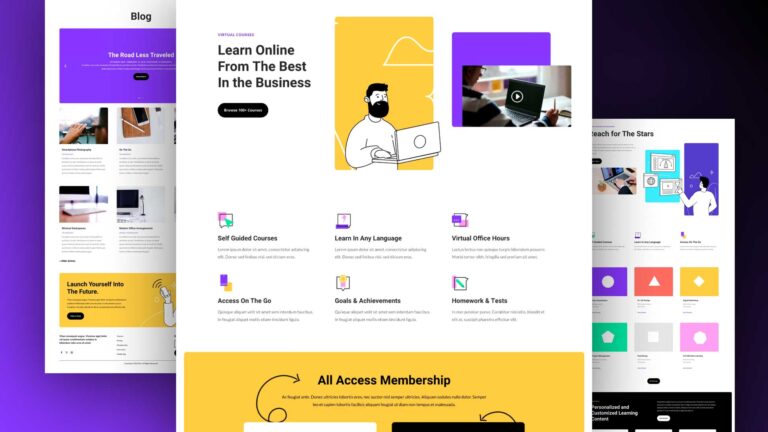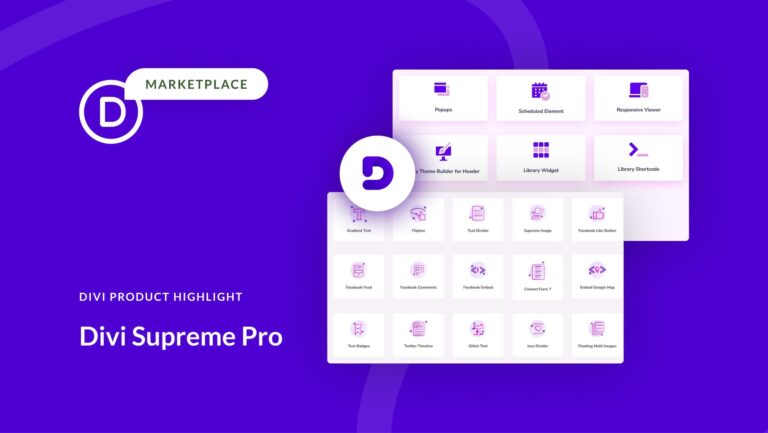The internet has revolutionized our lives, making tasks like ordering products and conducting research easier than ever before. As web designers, our goal is to enhance convenience even further by implementing features that remember users and store customer information in the cloud. However, this convenience comes at a cost when it comes to security.
Malicious actors are taking advantage of the convenience offered by the web. Methods like stealing session cookies are becoming increasingly prevalent, making it risky to stay logged into websites. This is just one example of the security risks associated with making the web more convenient.
One solution that has gained popularity is two-factor authentication (2FA), which adds an extra layer of authentication to prevent hackers from accessing accounts with just a username and password. However, 2FA is not foolproof, as stolen session cookies can still bypass other login requirements. Additionally, 2FA can be a hassle for users, as it requires extra time to log into each website. Passkeys, which rely on a user’s device to replace a username and password, may offer a simpler and more secure alternative in the future.
Another security concern is the vulnerability of WordPress files. Malicious actors can add malware to a compromised user account, even without administrative privileges. To mitigate this risk, some websites have implemented measures to lock down their WordPress installations, allowing only certain actions to be performed in specific environments. While this adds an extra step, it increases security and is considered a best practice for testing.
Limiting code execution within site content is another way to prevent security issues. WordPress provides features like the Custom HTML block, which allows users to embed code snippets into their content. However, unsanitized code can introduce malicious code to the site. Disabling the Custom HTML block or implementing HTTP security headers at the server level can help mitigate this risk. Additionally, artificial intelligence (AI) tools that can detect malicious code in real-time may provide a solution in the future.
Balancing convenience and security is a challenge for web designers. While we strive to create great user experiences and make tasks easier for clients, we also prioritize website security. Sacrificing convenience for safety is necessary to protect against insecure login methods, vulnerable file systems, and code execution risks. However, there is hope for a better future with the development of passkeys and AI-driven security solutions.
In conclusion, the web has made our lives more convenient, but it has also introduced security risks. Implementing measures like two-factor authentication, locking down WordPress files, and limiting code execution can enhance security but may inconvenience users. However, advancements in passkeys and AI-driven security may offer a more convenient and secure future.






